Kabaň on MG
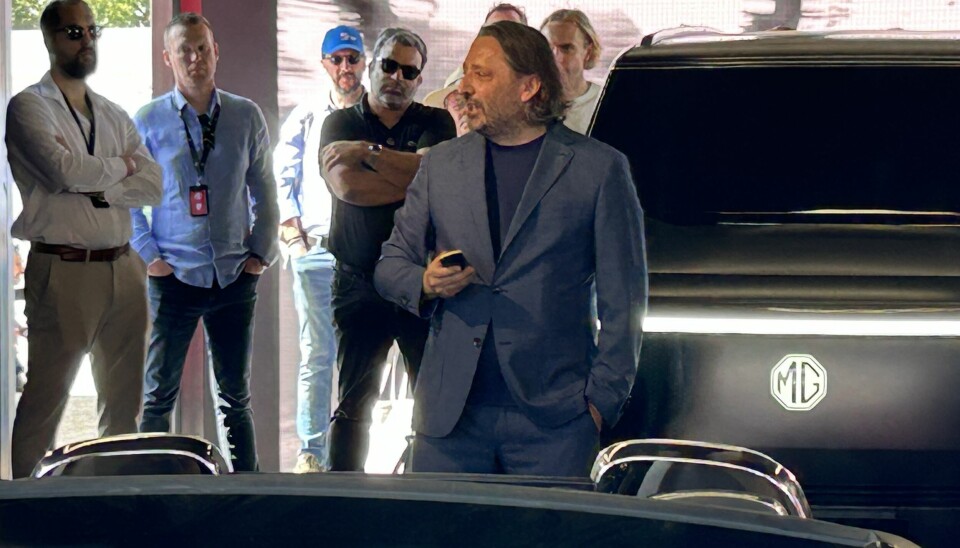
Jozef Kabaň on MG’s expanding design language
MG’s global design chief Jozef Kabaň reflects on his move to China, the creative philosophy behind the Cyber X concept, and how the brand is stretching its design identity to connect with new audiences
Jozef Kabaň, the design visionary behind iconic vehicles for brands like BMW, Audi and Škoda, is now shaping the future of MG from China. In this exclusive interview with Car Design News, he discusses the creative tension between speed and substance, embracing cultural difference, and how MG’s evolving portfolio is responding to a global audience. Speaking at the unveiling of the Cyber X concept, Kabaň explains why joy, space and authenticity now sit at the heart of the brand’s bold design strategy.
Car Design News: You mentioned going to China with the mindset of being both a master and a student. Can you tell me a bit more about that?
Jozef Kabaň: I’ve been in love with cars from a very early age, so early I can't even remember when it started. I’ve been in the automotive industry for over 30 years now, actively designing and working with various brands.
China’s evolution was something I had been observing for years, mostly from a distance, through collaborations between our brands and some local studios. Visiting China regularly, I was amazed at how quickly and boldly they were progressing. I’d been toying with the idea of learning more about their culture and capabilities, and when the opportunity came, when I was invited, it was clear this was the right moment. I wanted to understand the speed and quality they achieve, and what lies behind it. For me, it’s all about growing, learning and sharing. I went there excited to both teach and be taught.
CDN: You have a very rich design background. What has been your biggest challenge within the company in China, particularly in getting design ideas through?
JF: Many things are quite similar to my previous experiences. There’s a passion for brands, high levels of skill and strong motivation among people doing what they love. But there are differences too.
One big realisation was that the speed isn’t just a myth, it’s real. They can bring a project from concept to reality in as little as 18 months, or even faster if needed. The challenge can be in decision-making. Once a decision is made, they move quickly, but reaching that point can sometimes take time.
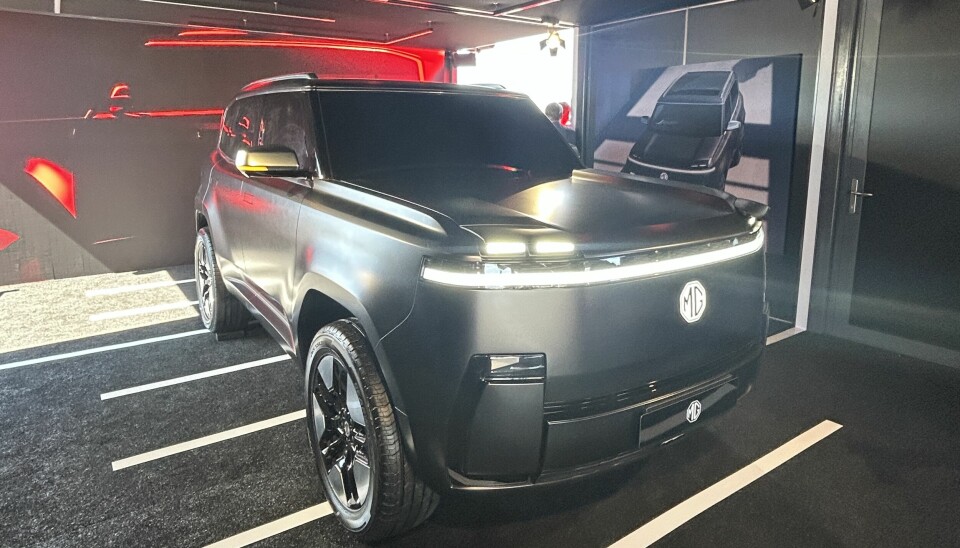
Still, their attitude and access to advanced technologies allow for both speed and quality. It’s not just about being fast, it’s about doing things well and with meaningful content.
CDN: Speaking of content, let’s talk about the Cyber X. There’s a hard model here. It looks beautifully produced.
JF: Yes, the quality is excellent, and that’s not surprising, China can produce anything, including luxury goods. The key here, though, was aligning the content with the brand. We deliberately stretched the brand. While it’s been evolving in a softer, more muscular direction, we’re also present in over 100 countries with diverse cultures. So we thought it made sense to broaden the visual language, to make the brand more inclusive without losing its identity.
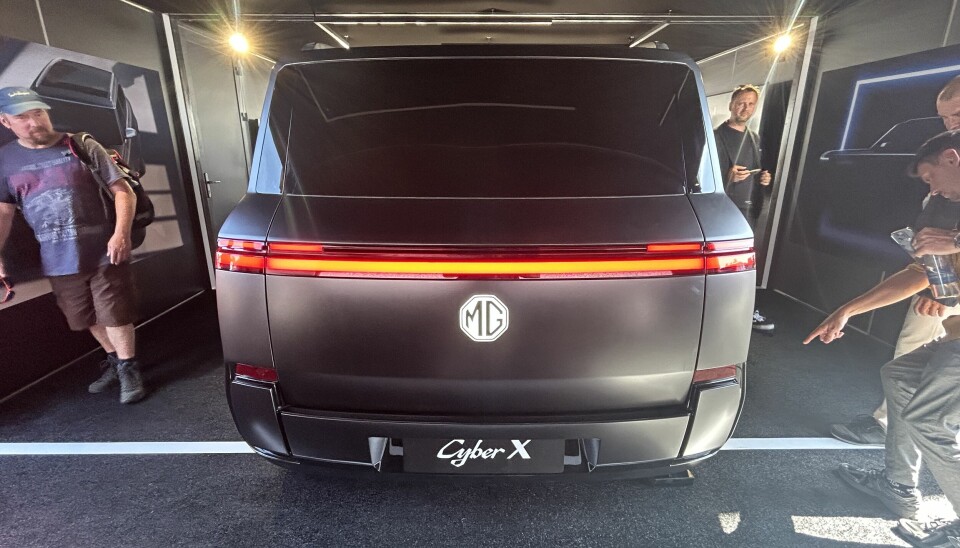
The goal was to emphasise joy. And joy can come in many forms, softer or edgier. The model was created to test this message, and the reaction has been very positive. It shows that the brand is more than just sporty looks, it’s broader and more versatile.
CDN: Let’s talk about the surfacing. The car has these large, uninterrupted areas. Why that design approach?
JF: Today, many cars are attractive, but they’re starting to look alike. There are technical and legislative constraints, as well as aerodynamic demands, that are pushing design towards a more unified, sometimes two-dimensional, graphic look. We wanted something simple and authentic, with a clear message. The way the car stands, proud and confident but not aggressive, is essential. It’s bold, maybe close to being dominant, but balanced by its size.
We also gave it a kind of emotional feature, “opening eyes,” which reference the times when cars had expressive, almost human elements. Like the Cybster’s opening doors, this car has “eyes” that open, evoking the feeling of waking up to a great day. It adds unique character and helps us engage with new customers we might not have reached otherwise.
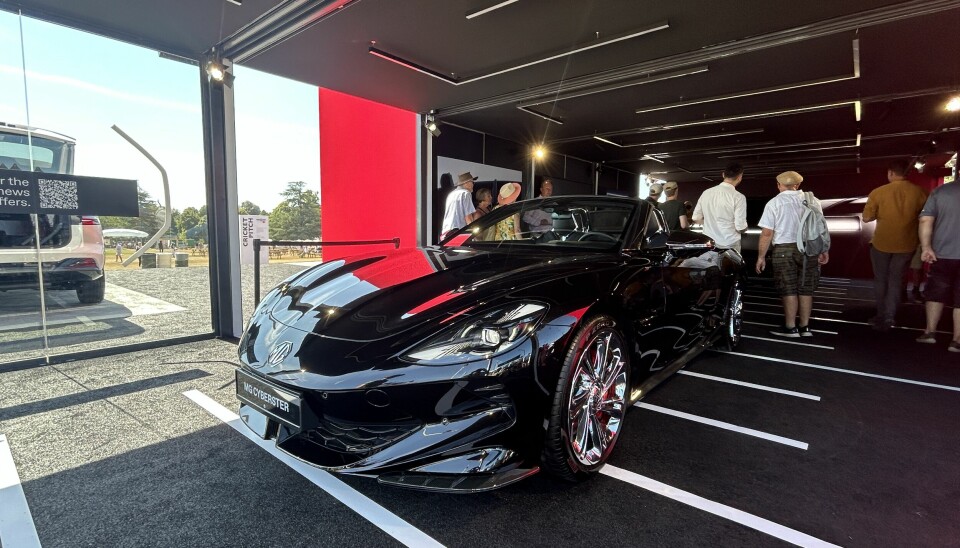
CDN: It’s definitely a new direction. So with that in mind, do you see the future of MG design as more varied, like chess pieces rather than a unified aesthetic?
JF: We still want harmony. Even with many brands out there, you want to feel like a car belongs to a certain family. But we realised that strong family resemblance can also be a limitation for some people.
So we want to expand that family. We’re not here to protect the past, we’re here to grow into the future. There will be contrasts, but also bridges, visual ones and those based on experience. Some things will stay consistent, like quality and trust. But we want to add fun and diversity, reaching different customer segments, not just a narrow group.
CDN: And of course, electric cars bring aerodynamic concerns.
JF: Yes, always. But we shouldn’t design every car for 300 km/h speeds and long-distance travel. Some cars are meant to be best at something else, urban driving for example. With this model, we created something that’s very spacious inside, a real luxury in urban environments. Space becomes a premium, and that in itself brings joy and a sense of comfort.
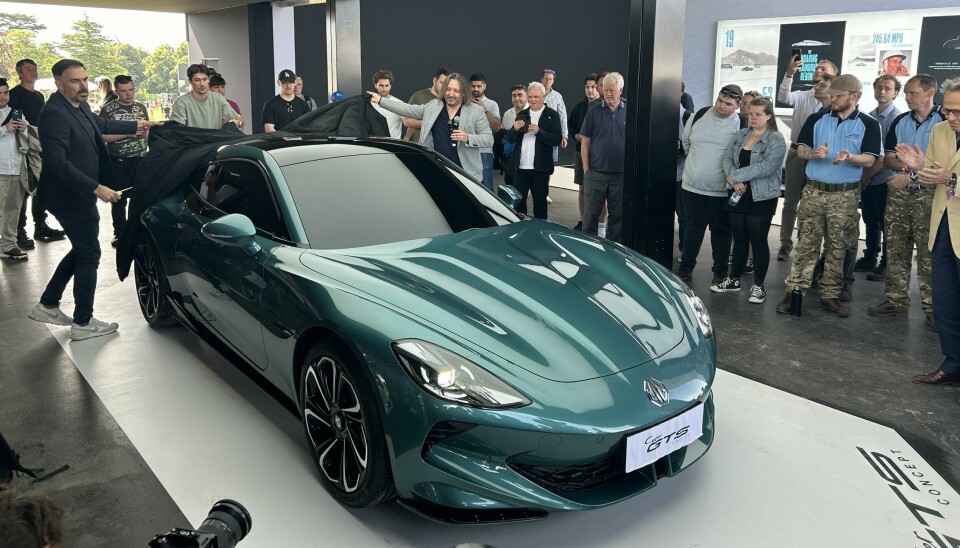
CDN: We saw the hardtop version of the Cyberster, sort of a GT version, last year. Is that still coming?
JF: It is. It could come quickly, or it might take a little longer. It’s not a question of capability, it’s about timing. The car is beautiful. Having a 2+2 layout and that driving experience is just too attractive not to pursue.
CDN: Good to hear that.
JF: Thank you. I also want to thank you for what I experienced with you in China. After we showed the Cyberster, we also revealed the Roewe “Pearl” concept the next day. Though today we’re focused on MG, I oversee all SAIC products, so it’s important that the other brands also grow.
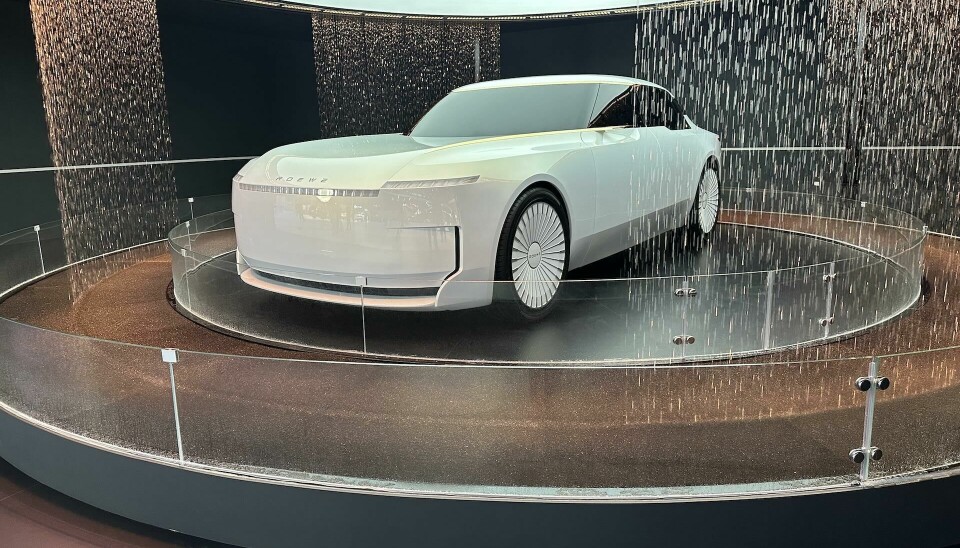
The Pearl was a strong symbolic statement, a self-confident new attitude. It has unique character, but also references tradition in an avant-garde way. For instance, the large rear window was inspired by Shanghai’s Oriental Pearl Tower. It’s a small, panoramic view that offers something beautiful and architectural. It shows how much China has changed, and how much we can learn by being there.
CDN: As a European seeing Shanghai with fresh eyes, do you notice elements that locals might take for granted?
JF: Yes, absolutely. When you’re a guest in another culture, you often see things the locals don’t. And sometimes, you understand your own culture better by stepping away from it. If you stay in one place too long, your perspective can become limited, even if you’re very passionate and knowledgeable. Travel opens doors, sometimes ones you were afraid of. But going through those doors helps you learn, build bridges and come back stronger. If you’re open, even criticism becomes an opportunity to grow. You just have to be willing to listen, reflect and adapt.




